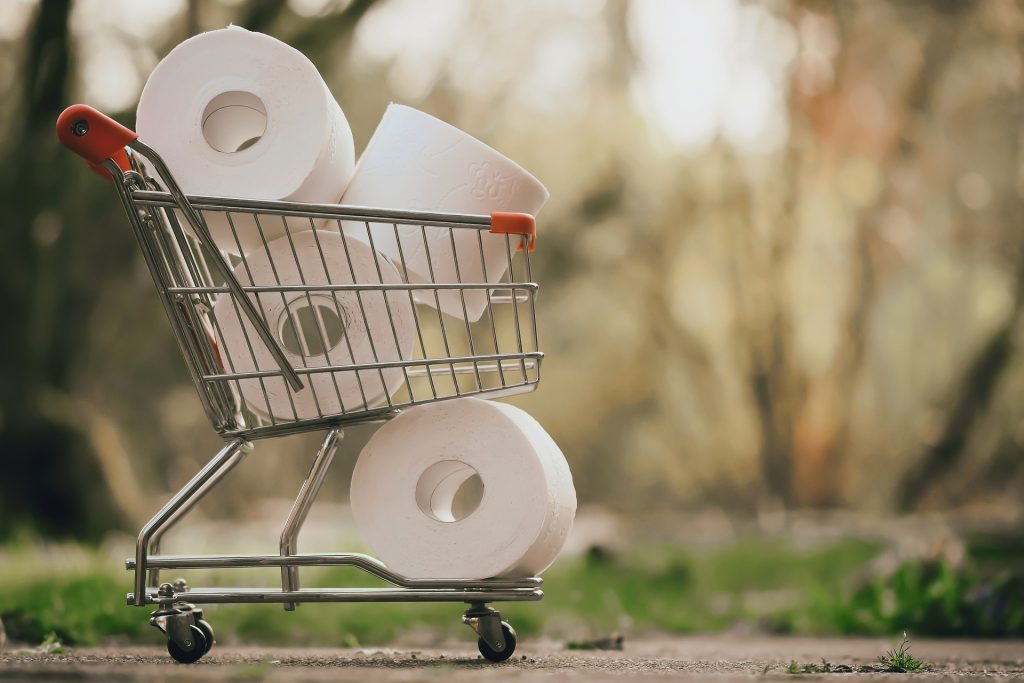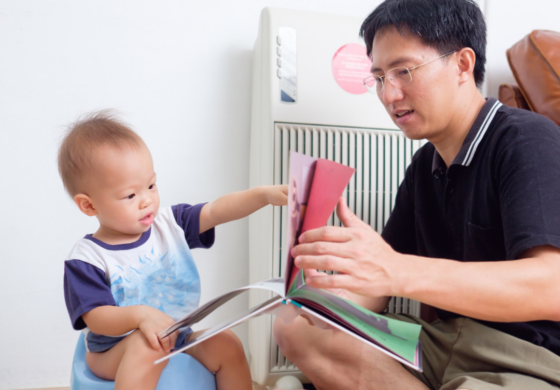Children typically gain complete control of their bladder by the age of 3. When this control is lost and the bladder leaks, it’s called urinary incontinence, also known as enuresis. Children under three are not expected to have complete urinary control. Many children are not diagnosed with bladder dysfunction until around the age of 5 or 6. Girls typically achieve bladder control sooner than boys, which results in an earlier diagnosis of enuresis for girls.
What are the Types of Bladder Incontinence?
The four types of urinary incontinence can occur, either individually or simultaneously:
- Daytime enuresis or daytime incontinence means wetness occurs during waking hours.
- Nighttime enuresis is also known as nocturnal enuresis, which means wetness occurs while sleeping.
- Primary enuresis means wetness occurs before the child has thoroughly mastered toilet training.
- Secondary enuresis means wetness occurs after the child has mastered toileting for a while.

What Causes Enuresis?
There are many possible causes of enuresis, and the cause of nocturnal enuresis isn’t widely known; however, there are some contributing factors that parents and caregivers should consider. The list below is not a complete representation of the possible causes of urinary incontinence, but it is an excellent place to start.
General causes of incontinence
- Constipation can put pressure on the bladder resulting in day and nighttime incontinence.
- Urinary Tract Infection
- Small Bladder
- Overactive Bladder
- Diabetes
Nighttime bedwetting can be caused by something as simple as your child is a very deep sleeper or can’t feel that the bladder is full during sleep.
While the cause of daytime urinary incontinence has a few unique factors that may contribute to your child’s urinary incontinence.
- Not going to the bathroom often enough
- Not urinating enough when going
- Your child’s bladder is overactive.
- Small bladder
- Urinary tract infection

How is enuresis diagnosed?
If you have noticed your child struggling with any bladder control. It is essential to speak to your pediatrician to explore the possible underlying medical conditions that could cause enuresis.
Your health care provider will run a series of tests such as urine and blood tests to rule out any infections or other diseases.
Make a note of the following items and make sure to make your pediatrician aware of the potential urinary incontinence causes.
- Is your child having any pain during urination?
- Did anyone in your family have enuresis?
- Has there been any recent stress or changes in your child’s life? Such as moving, new school, changes to the family at all?
- What is the amount of liquid your child consumes in the evening?
- What is the color of your child’s urine?
Once the possibility of a medical condition has been ruled out, pelvic floor therapy may be the next step. Therapy treatments for enuresis can vary from child to child and week to week, depending on the cause.

Example of a bladder control treatment session with our specialist:
1. Create and maintain a urinary incontinence diary that tracks the child’s urinary habits, bowel movement habits, constipation, fluid intake, food intake, and sleep schedule. It will include details about the frequency, urgency, and volume of purposeful emptying as well as any leakages that occur for both daytime and nighttime enuresis. This will allow us to identify possible bladder irritants (such as citrus fruits, caffeine, and dairy) and daily habits contributing to any toileting challenges. Also, note any urinary pain which could be an indication of an infection in the urinary tract.
2. Review and incorporate proper toileting positioning to ensure complete emptying is happening during purposeful voids for both bladder and bowel. Your child’s bowel habits should not be overlooked, as constipation is one of the leading causes of both day and night incontinence!
3. Learn and incorporate breathing techniques that allow the pelvic floor to relax during purposeful voiding. One trick to try at home is to have your child moo like a cow while attempting to poop. Moo to poo! This specific sound causes the muscles to descend into the relaxed position necessary for emptying.
4. Identify any sensory needs your child may have and incorporate activities that help them thrive while achieving this significant milestone!
If you have more questions about bladder control or how therapy may help your child, schedule a free consult with our specialist!

